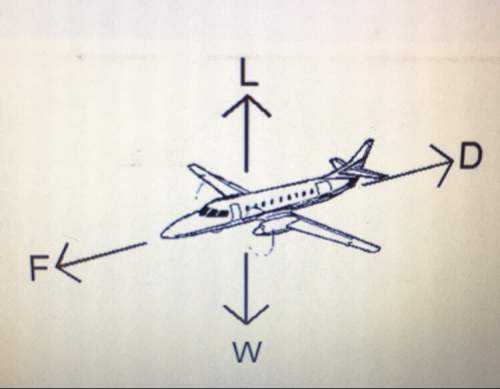Question 4.1a:
the block shown in the figure is sliding along a frictionless horizontal surfa...

Question 4.1a:
the block shown in the figure is sliding along a frictionless horizontal surface the block's mass is
m = 4.95 kg,
the magnitude of the applied force is
f = 24.0 n,
and the angle of the applied force
f
from the horizontal is
θ = 33.0°.
three forces act on a block labeled m that is on a horizontal surface. the three forces acting on the block are as follows.
an arrow labeled vector f starts on the right side of the block and points up to the right at an angle θ above the horizontal.
an arrow labeled vector n starts at the top of the block and points up.
an arrow labeled vector fg extends from the bottom of the block and points down.
determine the magnitude n of the normal force acting on the block.
n
question 4.1b:
the block shown in the figure is sliding along a frictionless horizontal surface. the block's mass is
m = 4.90 kg,
the magnitude of the applied force is
f = 21.5 n,
and the angle of the applied force
f
below the horizontal is
θ = 29.5°.
three forces act on a block labeled m that is on a horizontal surface. the three forces acting on the block are as follows.
an arrow labeled vector f starts on the right side of the block and points down to the right at an angle θ below the horizontal.
an arrow labeled vector n starts at the top of the block and points up.
an arrow labeled vector fg extends from the bottom of the block and points down.
determine the magnitude n of the normal force acting on the block.
n
question 4.1c:
the block shown in the figure is sliding down a frictionless surface inclined at an angle
θ = 29.9°
above the horizontal. the block's mass is
m = 5.20 kg.
a block labeled m is positioned upon the incline of a right-triangular wedge that makes an acute angle θ with a horizontal surface. two arrows extend from the block.
a diagonal arrow labeled vector n starts on the block and points in a direction perpendicular to the incline and upward.
a vertical arrow labeled vector fg starts on the block and points downward.
determine the magnitude of the normal force n acting on the block.

Answers: 3
Another question on Physics

Physics, 22.06.2019 02:30
The particle in a two-dimensional well is a useful model for the motion of electrons around the indole ring (3), the conjugated cycle found in the side chain of tryptophan. we may regard indole as a rectangle with sides of length 280 pm and 450 pm, with 10 electrons in the conjugated p system. as in case study 9.1, we assume that in the ground state of the molecule each quantized level is occupied by two electrons. (a) calculate the energy of an electron in the highest occupied level. (b) calculate the frequency of radiation that can induce a transition between the highest occupied and lowest unoccupied levels. 9.27 electrons around the porphine ring (4), the conjugated macrocycle that forms the structural basis of the heme group and the chlorophylls. we may treat the group as a circular ring of radius 440 pm, with 20 electrons in the conjugated system moving along the perimeter of the ring. as in exercise 9.26, assume that in the ground state of the molecule quantized each level is occupied by two electrons. (a) calculate the energy and angular momentum of an electron in the highest occupied level. (b) calculate the frequency of radiation that can induce a transition between the highest occupied and lowest unoccupied levels.
Answers: 1

Physics, 22.06.2019 13:10
The bar of prob. 5/82 is repeated here. the ends of the 0.4-m bar remain in contact with their re- spective support surfaces. end b has a velocity of 0.5 m/s and an acceleration of 0.3 m/s2 in the di- rections shown. determine the angular accelera- tion of the bar and the acceleration of end a.
Answers: 3

Physics, 22.06.2019 16:30
3. a lunar exploration vehicle was created by a research team. it weighs 3,000 kg on the earth. it needs an acceleration of 10 m/s2 on the moon. in order to have the same acceleration, what will be the net force acting on the vehicle on the earth?
Answers: 2

Physics, 23.06.2019 01:00
The amount of heat required to change liquid water to vapor at its boiling temperature is 2256 kj/kg. the amount of heat required to change liquid mercury to its vapor state at its boiling temperature is 295 kj/kg. one kg of each substance is currently at its boiling point. how will the amount of thermal energy required to change each substance from a liquid to a gas differ?
Answers: 3
You know the right answer?
Questions

Mathematics, 05.02.2021 07:00

Mathematics, 05.02.2021 07:00

History, 05.02.2021 07:00


History, 05.02.2021 07:00




Mathematics, 05.02.2021 07:00



History, 05.02.2021 07:00






Physics, 05.02.2021 07:00


Biology, 05.02.2021 07:00




